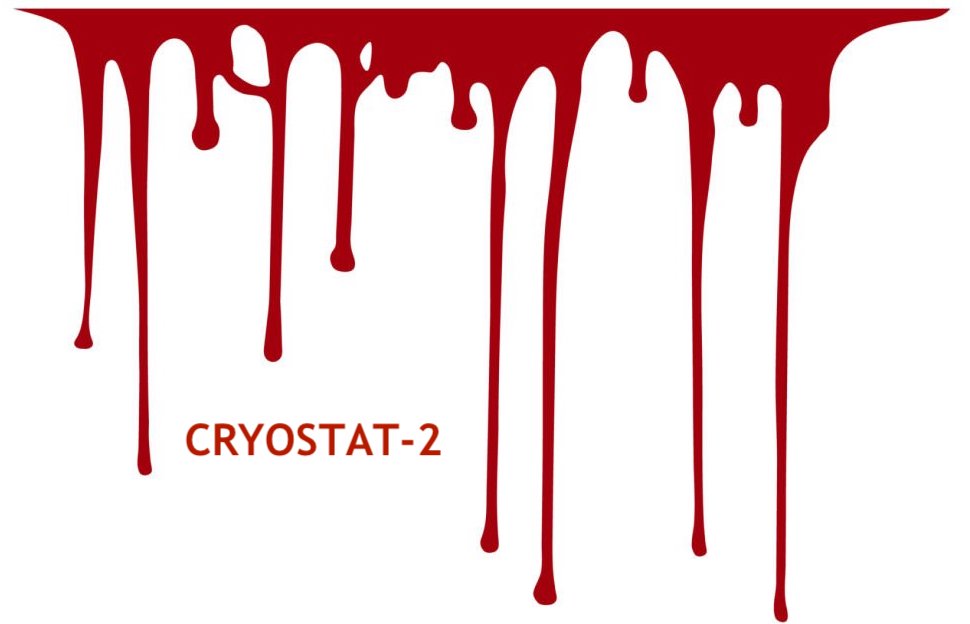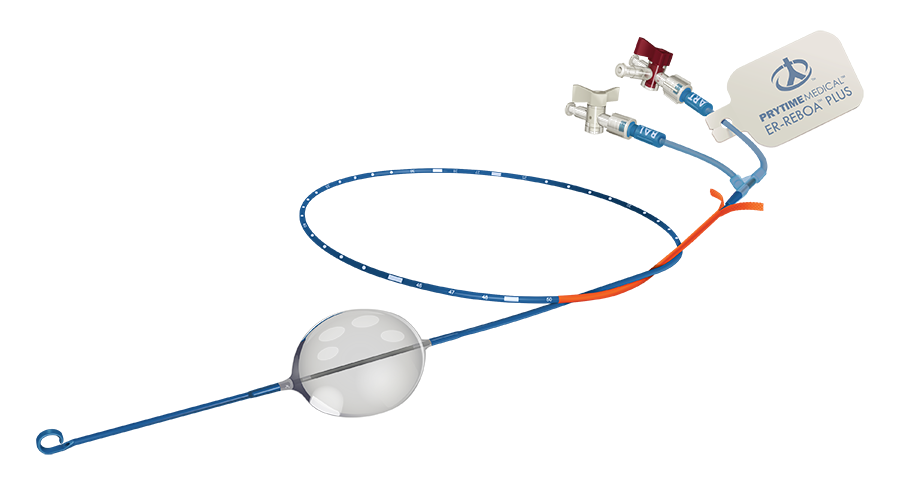Conclusion: TXA reduces mortality in bleeding trauma patients when administered within 3 hours, without an increased risk of thromboembolic events
- This was a large randomised placebo-controlled trial of 20,211 adult trauma patients managed in 274 hospitals in 40 countries, who were randomised to treatment with tranexamic acid (1g given over 10 minutes and then infusion of 1g over eight hours or saline placebo
- Enrolled patients had clinically suspected significant bleeding (systolic pressure below 90mm Hg or pulse above 110 bpm) or at risk for significant bleeding who were treated within eight hours after injury
- Both participants and staff were blinded to treatment allocation
- Primary outcome was death in hospital within 4 weeks of injury, categorised from either bleeding, vascular occlusion (AMI, stroke, PE), multiorgan failure, head injury and other
- Secondary outcomes included:
- Vascular occlusive events (AMI, stroke, PE and DVT)
- Surgical intervention (neurosurgery, thoracic, abdominal and pelvic surgery)
- Receipt of blood transfusion and number of units transfused
- Results: All-cause mortality at 28 days was significantly reduced by TXA [1463 patients (14.5%) in the TXA group vs 1613 patients (16.0%) in the placebo group; relative risk (RR) 0.91; 95% confidence interval (CI) 0.85 to 0.97; p = 0.0035]
- The risk of death due to bleeding was significantly reduced [489 patients (4.9%) died in the TXA group vs 574 patients (5.7%) in the placebo group; RR 0.85; 95% CI 0.76 to 0.96; p = 0.0077]
- This treatment effect appeared greatest when TXA was given ≤1 hr post injury, with lesser but still statistically significant effect between 1 – 3 hrs
- Treatment given after 3 hours appeared to increase the risk of death due to bleeding
- Deaths from multiorgan failure, from head injury, or due to other causes did not differ significantly between the groups
- The was no evidence that the effect of TXA on death due to bleeding varied by systolic blood pressure, Glasgow Coma Scale score or type of injury
- There was no difference in the secondary outcomes including need for/amount of blood products transfused between groups and rates of vascular occlusive events
- The risk of death due to bleeding was significantly reduced [489 patients (4.9%) died in the TXA group vs 574 patients (5.7%) in the placebo group; RR 0.85; 95% CI 0.76 to 0.96; p = 0.0077]
- Strengths:
- Very large study with blinding to treating clinicians and patients
- Highly clinically relevant and patient-orientated primary outcome
- Limitations:
- Mortality at 28 day may feasibly have missed who died at a later point secondary to their injuries
- Vascular occlusive events in both groups were only recorded when there was clear clinical evidence, and as a result may have under-reported
- The lack of difference in the receipt of a blood transfusion or the amount of blood transfused could be an indication of the difficulty of accurate estimation of blood loss in trauma patients when assessing the need for transfusion.
- Another possible explanation is that, after the loading dose, TXA was infused over 8 hours, whereas decisions about transfusion are often made soon after hospital presentation
Reference: Roberts I, Shakur H, Coats T, Hunt B, Balogun E, Barnetson L, Cook L, Kawahara T, Perel P, Prieto-Merino D, Ramos M, Cairns J, Guerriero C. The CRASH-2 trial: a randomised controlled trial and economic evaluation of the effects of tranexamic acid on death, vascular occlusive events and transfusion requirement in bleeding trauma patients. Health Technol Assess. 2013 Mar;17(10):1-79.




